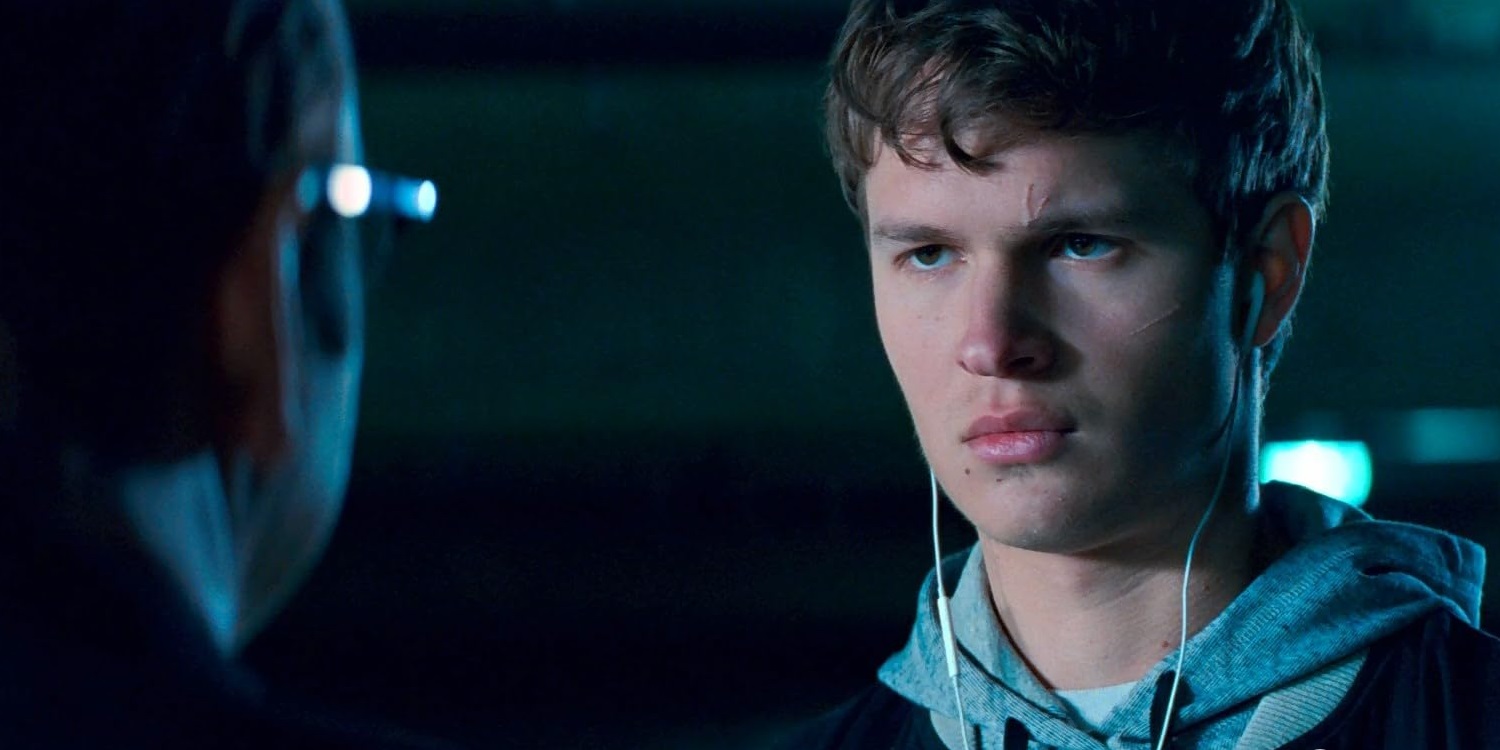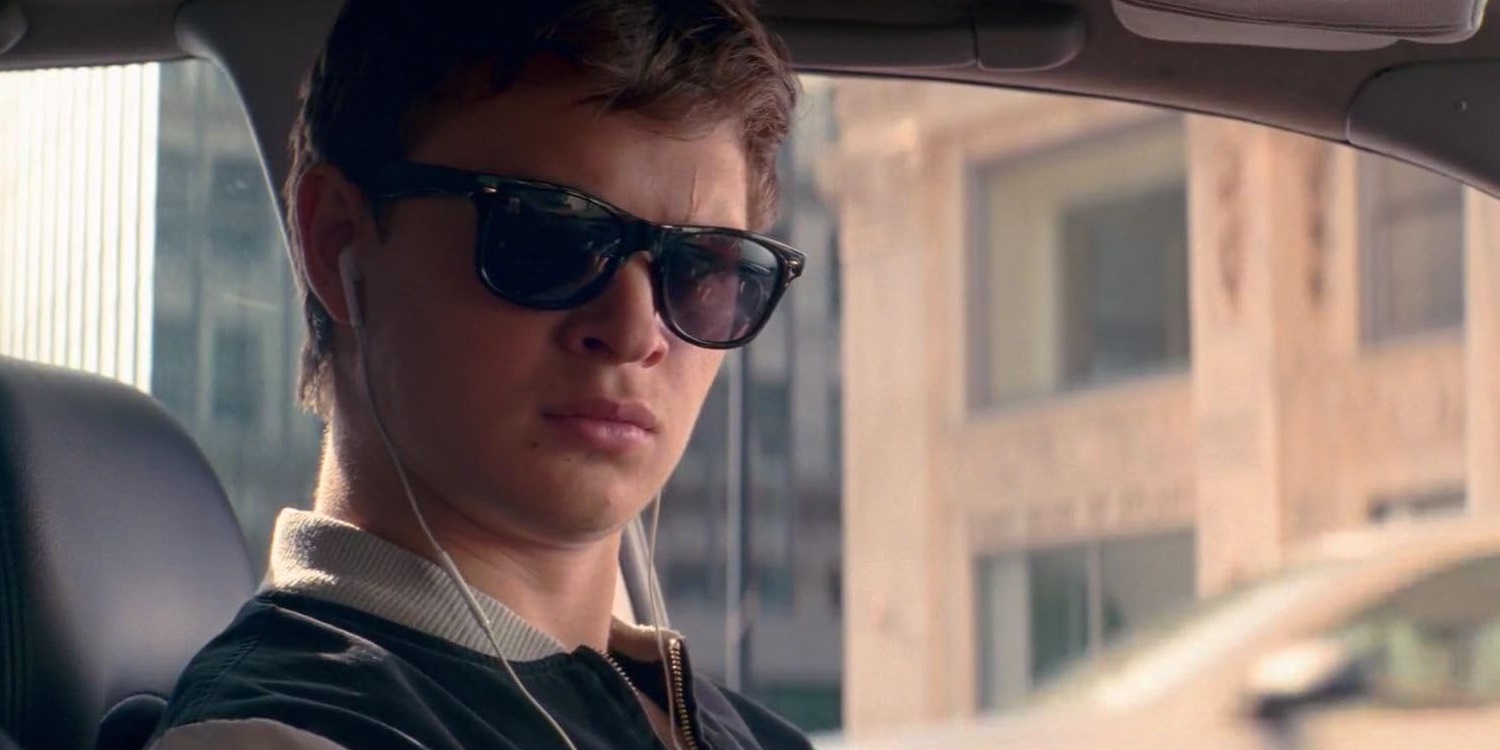An exquisite crime thriller directed by Edgar Wright and equipped with impeccable action and car chase sequences, ‘Baby Driver’ explores the dangerous and exhilarating life of a skillful heist getaway driver. The film follows Baby, an excellent driver and music enthusiast forced to work for a crime boss, Doc. He desperately seeks to get out of the business, but his employer does not let him. On a fateful day, he and Doc’s accomplices are tasked with a complicated heist that is seemingly bound to fail; however, Baby, who is adamant about earning his freedom, tries to turn the odds in his favor and make a clean getaway. Due to the film’s ambiguous ending, viewers may wonder if the finale is a dream sequence or otherwise.
An Ending That’s Open to Interpretation

After an intense battle with Buddy, Baby sees him fall and land on his burning car, instantly killing him. In the next sequence, we see Baby and Debora driving away from the city to the countryside. As they reach the border, they are interrupted by a host of policemen waiting to apprehend Baby. Here baby, surrenders, gets arrested and is taken to prison. In his official court hearing, Baby is, despite numerous accounts of people proclaiming his kindness, sentenced to 25 years for his crimes and can only be given parole after five years.
In the final segment, Baby is reunited with Debora, who stands in front of a fancy car after he gets out of prison. The tone shifts from retro monotone to vibrant color as Baby and Debora embrace each other till the film closes into the credits. The indefinite nature of this scene has left many viewers seeking answers to what really happens to the two; however, this section is purposely ambiguous, allowing viewers to interpret it themselves. The movie sets out particulars before this scene so that the viewers get to decide about the futures of Baby and Debora and add their own iterations.
Two possibilities arise from the end sequence. The first possible scenario is that the final scene is not a dream. Baby is released from prison on parole in five years. Though five years seems like a long time, Debora does not move on, and keeps a strong bond with Baby, through letters and regular visits. After being released, Baby is free to reunite with his love again as she awaits him outside the prison walls, exactly like how the scene plays out.
His parole officer and the officials who agree on his release, recognize that Baby was just a good-natured pawn trying to get out of a lethal organized crime syndicate. They realize that he is a kind man with a good heart, as depicted by the accounts of those who were asked about him in court. Baby does what he is told in prison, and is of exemplary character behind bars, which would ultimately lead him to being acknowledged as a man who isn’t going to make any of the same mistakes again.
While the chances of this iteration taking place are fairly slim, the sheer number of testimonies Baby gets, that portray him as a man undeserving of imprisonment would greatly help his cause. They would definitely help improve his odds of securing parole in the designated time frame, making it not completely implausible to believe that he is released after five years. Apart from this, Baby indirectly helped the authorities take care of some of the most dangerous and wanted criminals. With the deaths of Bats, Darling, Buddy, and most importantly, Doc, along with a few rogue police officers, Baby has significantly helped law enforcement, as they were some of the hardest to apprehend. This, too, is a viable reason why the officials could look at Baby’s case differently. With his insight into the crime syndicate, Baby could be an asset to the police, who could help in future cases, further helping him obtain parole.

The second scenario is that the final scene where Baby embraces Debora is just a figment of his imagination. Even though the court appeals to the accounts of the people who had good things to say about him and allows Baby a chance to obtain parole after five years, he is eventually not allowed to do so. This iteration is more plausible as obtaining parole is uncertain and is based on many assumptions. Parole is not a right but a privilege bestowed upon someone who has broken the law. Hence, ultimately, it depends on the system and its officials to gauge if Baby’s rehabilitation will take less time.
Apart from that, Baby had been working with the crime syndicate for well over a decade being introduced to it at a young age. Authorities would question why he didn’t try to exit the system before. While there could be a few answers to that, Baby’s overall contribution to the many heists he has been part of substantially outweighs the positive testimonies and honest behavior supporting his freedom. Baby in this scenario would only be allowed to leave when his sentence is complete or be released early on account of good behavior, the latter of which is also a slim possibility. Either of the two would set him back several years, enough for Debora to move on with her life.
Ultimately, The Viewer is the Judge
The beauty of the film’s ending lies within its imprecise nature. The viewer here is the ultimate judge and is allowed the room to interpret it however they see fit. They are given the power to weigh out Baby’s actions and the consequences he must face. They are also given the authority to determine whether Baby should end up with Debora. Along with that, they are even allowed the ability to push the story forward, seeing Debora and Baby live happily ever after together, or even take a more adventurous route where Debora and Baby become the next Bonnie and Clyde. In the end, the choice is for you to make.
Concluding on the words of Edgar Wright himself, who revealed his thoughts in an interview with Cinemablend, he said “I think the end scene is up for interpretation. And I sort of learned quickly through the test screening process that I should let people interpret it how they want. I think it’s an important thing with movies where you don’t have to state your actual intention because nobody’s response to it is wrong. I think that’s a good thing to do; you don’t want to have anybody say, ‘No, you’re wrong, you read that wrong.’ It’s better if you have two different interpretations.”
Read More: Best Crime Movies on HBO Max


You must be logged in to post a comment.